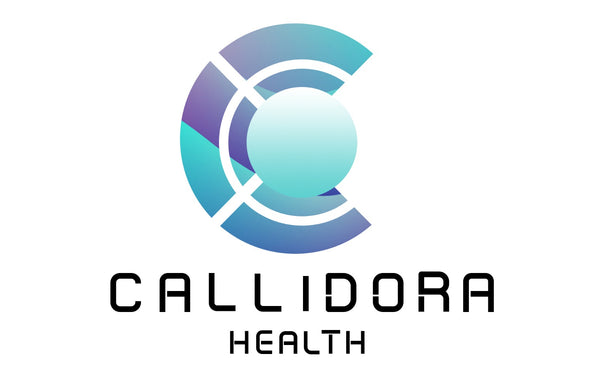In the ever-evolving world of healthcare, technology is increasingly playing a pivotal role in enhancing patient care and treatment outcomes. One such breakthrough is Callidora VR physiotherapy, an innovative approach that combines the power of virtual reality (VR) with traditional physiotherapy techniques. This cutting-edge technology offers an immersive, interactive, and engaging way for patients to recover from injuries, manage chronic pain, and regain physical mobility. Let’s explore how Callidora VR is changing the game in the field of physiotherapy.
What is Callidora VR Physiotherapy?
Callidora VR is an advanced VR system designed to create virtual environments that simulate real-world exercises and movements. By using VR goggles and motion-tracking devices, the system immerses patients in an interactive virtual world where they can perform various physiotherapy exercises. These exercises are carefully designed to target specific muscles, joints, or body functions, helping to improve strength, flexibility, and mobility.
The main advantage of Callidora VR physiotherapy is its ability to tailor exercises to the individual’s needs, ensuring that patients are always working within their capacity and at a level that promotes recovery. The system offers real-time feedback, which helps physiotherapists monitor progress and adjust treatment plans accordingly.
Benefits of Callidora VR Physiotherapy
-
Engagement and Motivation: One of the biggest challenges in traditional physiotherapy is patient adherence. Exercises can often become repetitive and boring, leading to lack of motivation. Callidora VR addresses this issue by providing an engaging and gamified experience. Patients are more likely to stay committed to their treatment plans when they enjoy the process.
-
Personalized Treatment Plans: Every patient’s recovery journey is unique, and Callidora VR allows physiotherapists to customize exercises based on individual requirements. Whether a patient is recovering from a sports injury, surgery, or managing a chronic condition like arthritis, the system adapts to meet their needs and helps improve outcomes.
-
Improved Progress Tracking: The real-time data provided by Callidora VR enables physiotherapists to track progress more accurately. With every movement monitored and analyzed, healthcare professionals can adjust exercises, measure improvements, and spot areas requiring more focus. This data-driven approach ensures more precise and effective rehabilitation.
-
Enhanced Mobility and Pain Management: Virtual reality exercises help patients work through mobility issues while minimizing discomfort. VR offers a low-impact environment where patients can perform movements and stretches without the fear of causing further injury, helping to manage pain more effectively during recovery.
-
Accessibility and Remote Therapy: One of the most promising aspects of Callidora VR physiotherapy is the potential for remote treatment. Patients can use VR technology in the comfort of their homes, receiving continuous therapy even when they are unable to visit a physiotherapist in person. This accessibility improves recovery times and reduces the burden on healthcare facilities.
How It Works
The Callidora VR physiotherapy system uses a combination of VR goggles, motion sensors, and haptic feedback devices to create a fully immersive experience. As patients perform exercises, the system tracks their movements in real-time, providing immediate feedback through visual cues and encouraging sounds. The exercises can range from simple stretches to more complex tasks designed to enhance strength, coordination, and balance.
Through these interactive exercises, patients can experience a wide variety of virtual environments – from walking through scenic landscapes to playing virtual games that require physical movement. This approach not only keeps the patients physically active but also stimulates their minds, providing a holistic rehabilitation experience.
